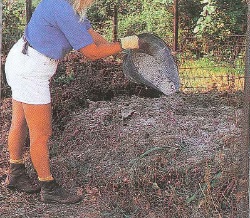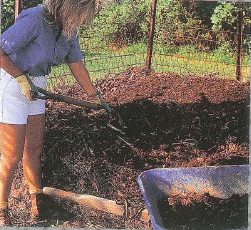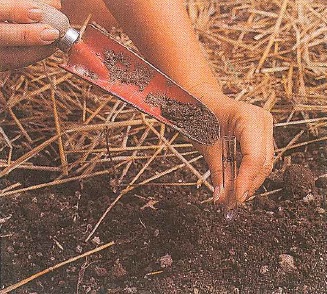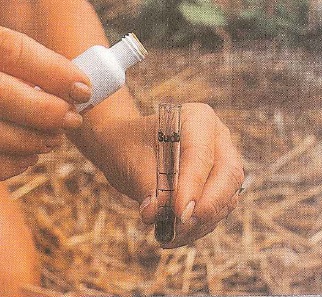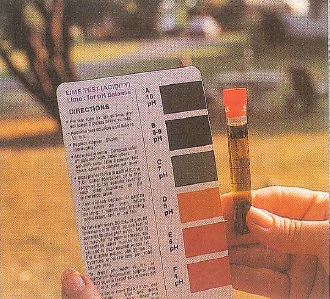Landscaping Mississauga gardens – best evergreens for dry soil
The best performing shrubs in dry soil in Peel, Halton, and GTA in general, are junipers and yuccas.
Junipers – grow naturally in many dry environments, such as rock outcrops and even sand dunes. There is also a large variety of species to choose from ranging from upright junipers ideal for privacy fences to creeping varieties. They come in different colours from golden green to blue. The hardiest varieties to look for this season include the following: ground hugging Calgary Carpet or Blue Coast, and upright medium height Limeglow or New Blue Tamarix, and Blue Chip that can be used for the flower garden background or property dividing green fence when trimmed regularly.
Yuccas do not require watering once they are established. They grow a long taproot and are able to find all the water they need on their own. In search of water, they also spread, and if they find hospitable conditions, they may even become invasive, so regular weeding and root dividing may be necessary. Yuccas look like desert plants with spiky, pointed leaves. In July, they also display tall 150 cm – 175 cm (5’ – 6’) flowers pictured here. The beauty of yuccas, such as Andrew’s Needle above, lies also in the fact that they are very easy to share with your neighbours – all you need to to is to chop put a part of your shrub’s roots and give it to your neighbour to plant in their garden…..





